
Suzuki Gixxer vs Yamaha FZ-S v2.0 Comparison: Zigwheels Video Review
- Oct 8, 2014
- Views : 56646

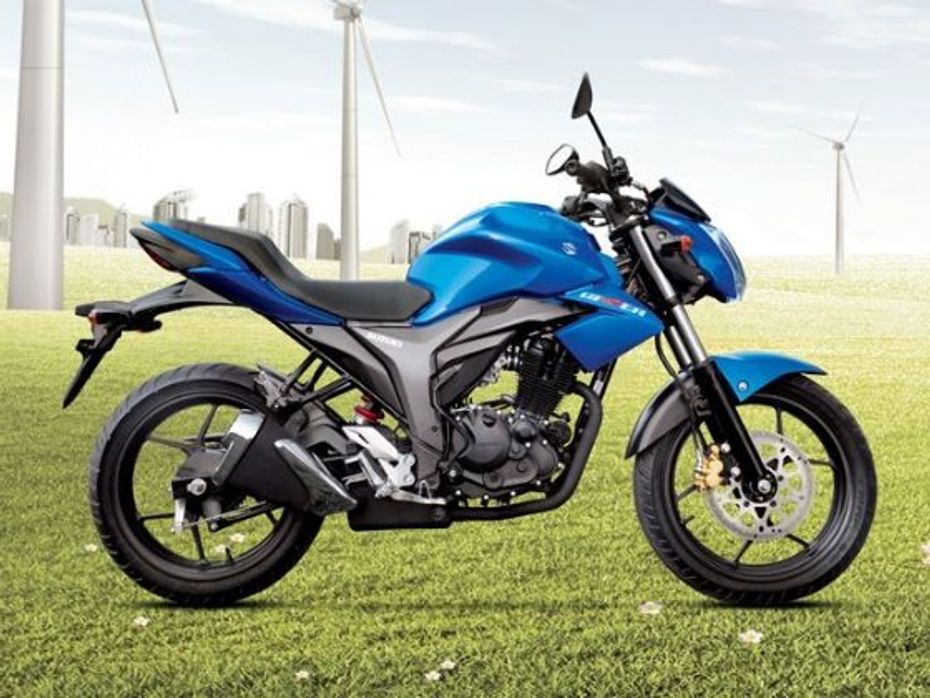
It’s certainly a looker and it’s been the most awaited bike in the Indian motorcycle market for some time. The Suzuki Gixxer has generated great interest and curiosity amongst the bike-loving crowd. Will its looks match its performance? Will it be fuel efficient? Will it be too expensive?
We look at the new Gixxer’s specifications to see how the new Suzuki stacks up against its competition.
Design & Features:
It’s easily one of the best looking motorcycles in the 150cc segment, if not the best looking. It’s a subjective thing really, and it’s difficult to say if the Gixxer isn’t actually the best looking, even better looking than the Yamaha FZ FI V2.0.
It certainly stands out amongst its rivals with its neatly crafted headlamp, chiselled fuel tank, beefy twin-holed, chrome tipped muffler and chunky 140 section rear tyre. Instrumentation is also top notch and gives the bike a high-quality feel with an all-digital instrument cluster with gear indicator and customisable rev limiter.
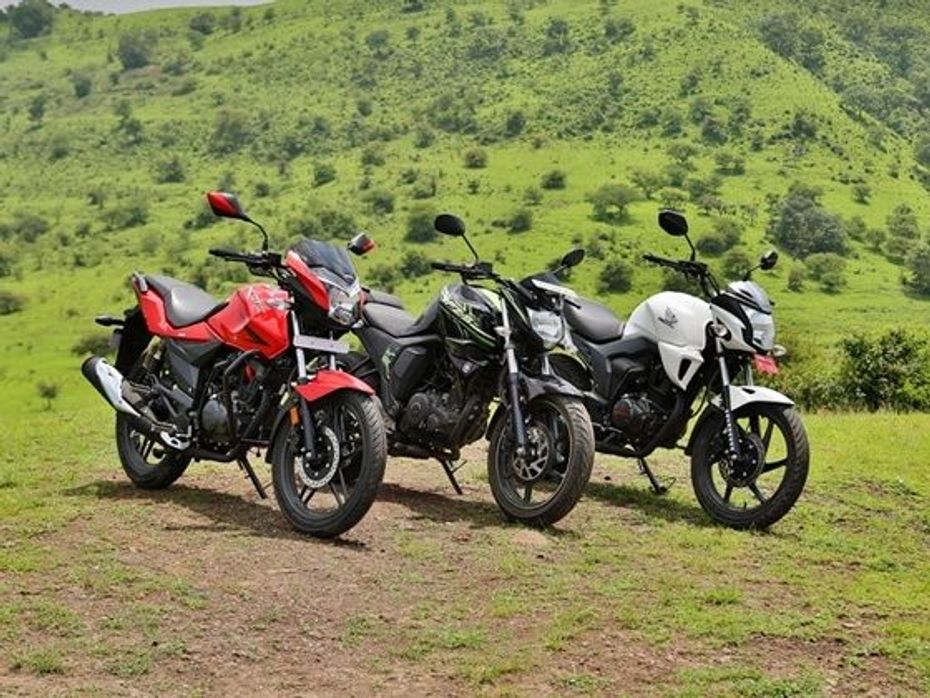
Next in terms of looks comes the Yamaha – yes, the FZ Fi V2.0 has got it all: fat muscular tank, 140mm rear tyre, wide handlebar, meaty exhaust and very good fit and finish. And it’s mainly for its looks and reputation as a great handler that has made the first generation Yamaha sell so well, despite murmurings on the street about its low fuel consumption.
In comparison, Honda CB Trigger exudes good looks too, but it looks a tad understated and doesn’t come anywhere close in the style quotient to the Yamaha or the Suzuki. We have to admit though; the CB Trigger does have a solid stance and sharp lines.
The Hero Xtreme, on the other hand, goes a little over-the-top in design. Either you love it, or you don’t. Or every time you look at the bike, you keep wondering whether you like its looks or not. It’s got sharp lines though, a great looking and futuristic instrument panel, LED taillights, foldable alloy footrests and nice alloy wheels.
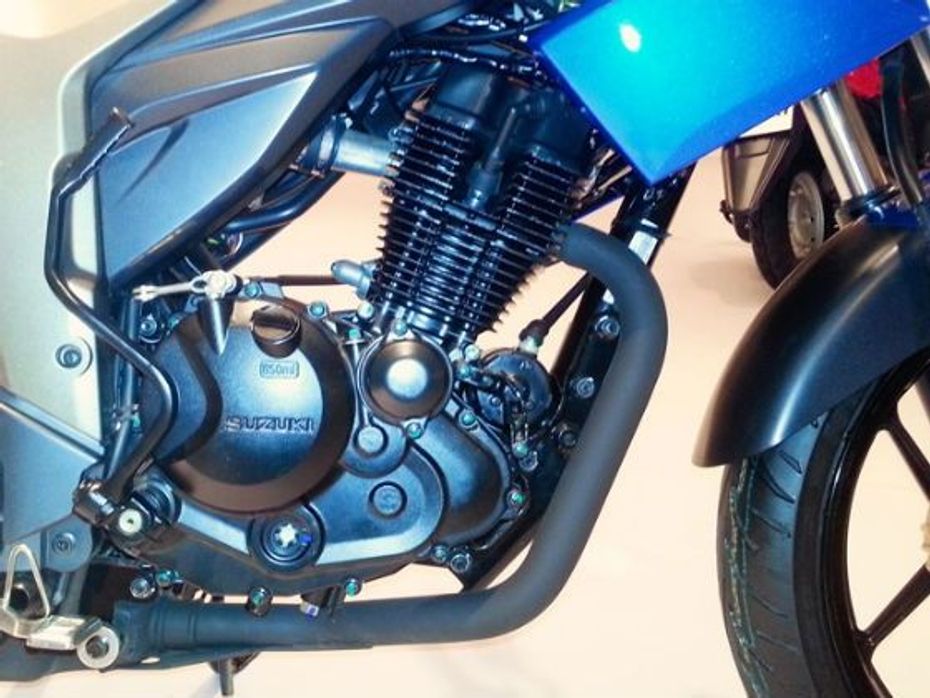
Engine, Suspension & Brakes:
In terms of displacement, the Suzuki Gixxer has the largest displacing engine of them all – its 154.9cc engine also produces the highest power output amongst its competition at 14.8PS @ 8,000 rpm and maximum torque of 14Nm @ 6,000rpm.
It’s got the highest power output, even though it’s only marginally more than its competition, and according to Suzuki, the air cooled engine will use what the company calls SEP, or Suzuki Eco Performance – a technology Suzuki says enhances fuel economy without compromising on power.
Fuel system is carburetted and the transmission is five-speed, unlike the 6-speed unit on the Suzuki GS150R. Front suspension is telescopic forks and rear is a monoshock unit. Braking duties are taken care of by a single disc at the front, but the rear only gets a drum.
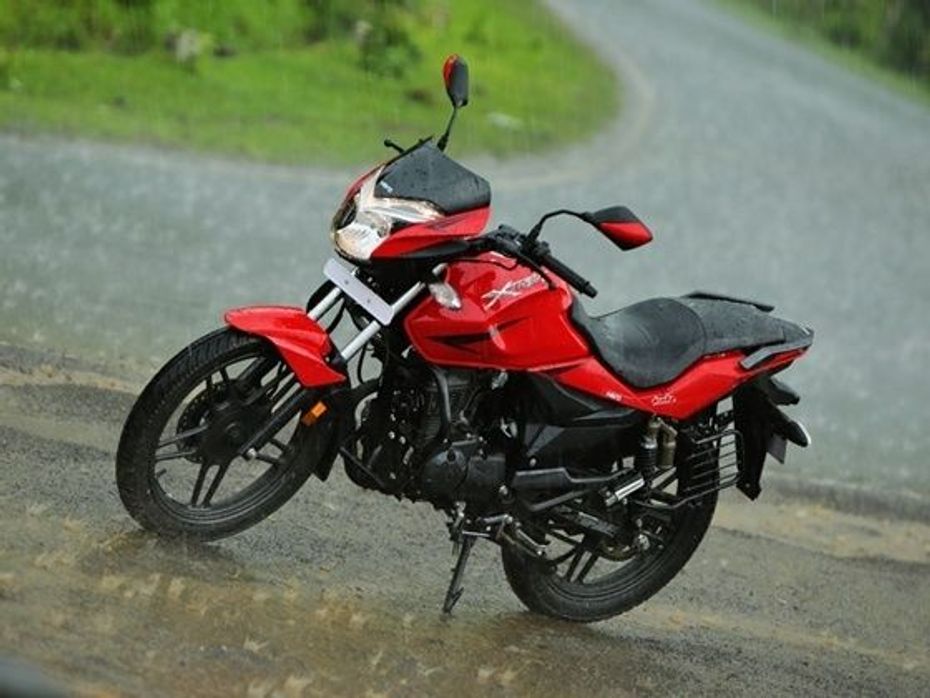
In terms of power output, the Hero Xtreme’s 149.2cc comes second, at least on paper, with 14.4PS and 12.8NM of torque kicking in at 6500rpm. On the Yamaha however, the engine on the V2.0 displaces less at 149cc and is low on power output too, at 13.1PS and 12.8Nm torque.
But what it does get is fuel injection and this makes the Yamaha’s engine feel free revving and stress free. Yamaha also has a monoshock suspension at the rear and telescopic front forks, and even though the FZ V2.0 doesn’t get a rear disc brake, the front disc makes for progressive and confident braking.
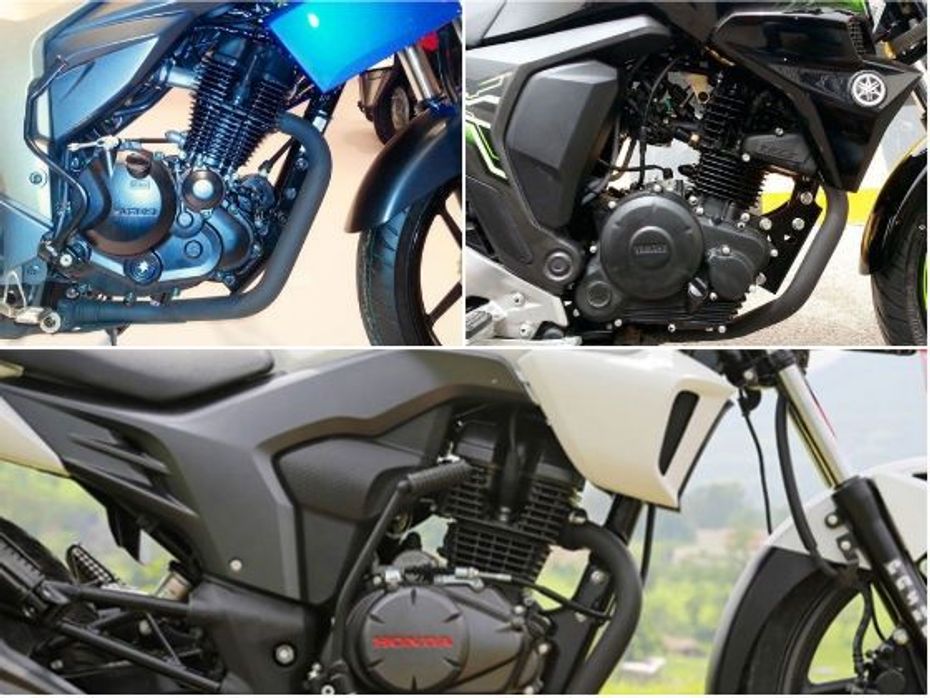
Honda engines are known for their refinement and the CB Trigger powerplant doesn’t disappoint on this count. Power delivery is smooth and with 14PS on tap, and 12.5Nm of torque, the 149.1cc engine is at par with the rest of the 150cc segment bikes.
The Honda is packed with features as well – monoshock suspension, digital instrument panel and a first in class Combi Brake System (CBS) as an option, with a rear disc brake as well.
The Suzuki then wins on pulling power, in pure numbers. In the real world though, how it delivers that power and torque will be interesting to note, once we get our hands on the Gixxer soon.

Value:
So, does the Suzuki then, offer the best value – a combination of good looks, great performance and sticker price? At Rs 78,909 (on-road Delhi), the Gixxer is by no means the cheapest of the 150s. Yes, it looks good and costs considerably less than the fuel-injected Yamaha FZ FI V2.0.
Value however, means different things to different people. To some, it’s fuel consumption that matters, to others it’s features and cost of ownership – both initial price as well as cost of spares, service and repairs. That also means a good service network and after sales support.
In this case, it’s only one bike which has been holding the numero uno position for some time now, and that is the Bajaj Pulsar 150 DTSi. We haven’t included that in this comparison because a new Pulsar 150NS is on its way soon, and that bike will change the game of the 150cc segment once again.
For Suzuki however, the Gixxer promises to be a very good product and one that has very good potential to change the fortunes of the Japanese two wheeler manufacturer in India. Eventually, how good it’s on the road and over the ownership period (read service network) remains to be seen, but we will get our hands on a Gixxer very soon, so keep watching this space for a first ride review.

Suzuki Gixxer vs Yamaha FZ-S v2.0 Comparison: Zigwheels Video Review

Suzuki Gixxer vs Yamaha FZ-S FI vs TVS Apache RTR 180: Comparison...

Honda Hornet 160R vs Suzuki Gixxer vs Yamaha FZ-S FI: Spec Comparison

Honda CB Hornet 160R vs Suzuki Gixxer vs Yamaha FZ-S FI: Comparison...

Honda CB Hornet 160R vs Suzuki Gixxer vs Yamaha FZ-S FI: Spec...

Honda CB Hornet 160R vs Suzuki Gixxer vs Yamaha FZ-S FI:Video

Should You Really Be Considering The Limited Edition Apache RTR 165...

2022 TVS Apache RTR 160 4V vs Hero Xtreme 160R: Spec Comparo

Battle Of BS6 Bikes: TVS Apache RTR 160 4V vs Yamaha FZ-S FI V3.0

TVS Apache RTR 160 vs Apache RTR 160 4V - What’s Changed?
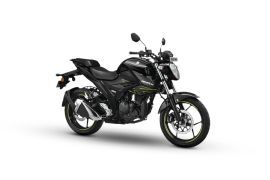 Suzuki Gixxer 150
Suzuki Gixxer 150
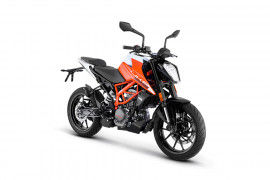 KTM 125 Duke
KTM 125 Duke
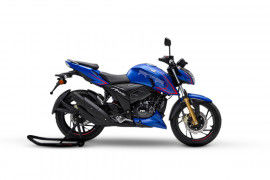 TVS Apache RTR 200 4V
TVS Apache RTR 200 4V
 Bajaj Pulsar 150
Bajaj Pulsar 150
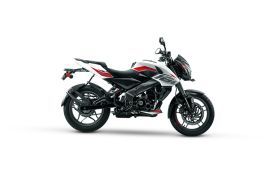 Bajaj Pulsar NS160
Bajaj Pulsar NS160
India's largest automotive community
 Suzuki Hayabusa
Rs. 16.90 Lakh
Suzuki Hayabusa
Rs. 16.90 Lakh
 Suzuki Gixxer SF 150
Rs. 1.45 Lakh
Suzuki Gixxer SF 150
Rs. 1.45 Lakh
 Suzuki Gixxer 150
Rs. 1.34 Lakh
Suzuki Gixxer 150
Rs. 1.34 Lakh
 Suzuki V-Strom SX
Rs. 2.11 Lakh
Suzuki V-Strom SX
Rs. 2.11 Lakh
 Suzuki Gixxer SF 250
Rs. 1.92 Lakh
Suzuki Gixxer SF 250
Rs. 1.92 Lakh
 Suzuki Access 125
Rs. 80,700
Suzuki Access 125
Rs. 80,700
 Suzuki Burgman Street
Rs. 94,301
Suzuki Burgman Street
Rs. 94,301
 Suzuki Avenis
Rs. 92,000
Suzuki Avenis
Rs. 92,000